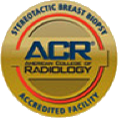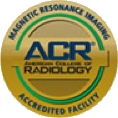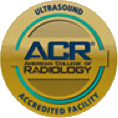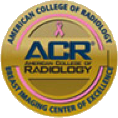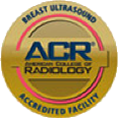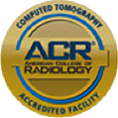A brain AVM is an abnormal connection between the cerebral arteries and veins, bypassing the capillary system, and located within the brain parenchyma. Although many AVMs are asymptomatic, AVMs in the brain can cause headache, bleeding, and lead to other serious neurologic problems, such as seizures. AVMs can be treated endovascularly with embolization using liquid embolics, such as Onyx and n-BCA. Alternatively, they can be treated by open surgery, or by gamma knife radiosurgery. Sometimes these lesions are treated by a combination of all three of these therapies.
AVM before and after treatment

A dural (dAVF) or pial (pAVF) arteriovenous fistula is an abnormal direct connection (fistula) between an artery and a cortical vein or dural venous sinus. Depending on which veins are involved, AVFs may be at high risk for bleeding in the future. Some AVFs are not at risk for bleeding but can cause annoying symptoms like pulsatile tinnitus (ringing in the ears). Like other vascular malformations, an AVF can be treated endovascularly with embolization using liquid embolics, such as Onyx and n-BCA, by open surgery, or by gamma knife radiosurgery. Sometimes these lesions are treated by a combination of these three therapies.
AV Fistula before and after treatment


